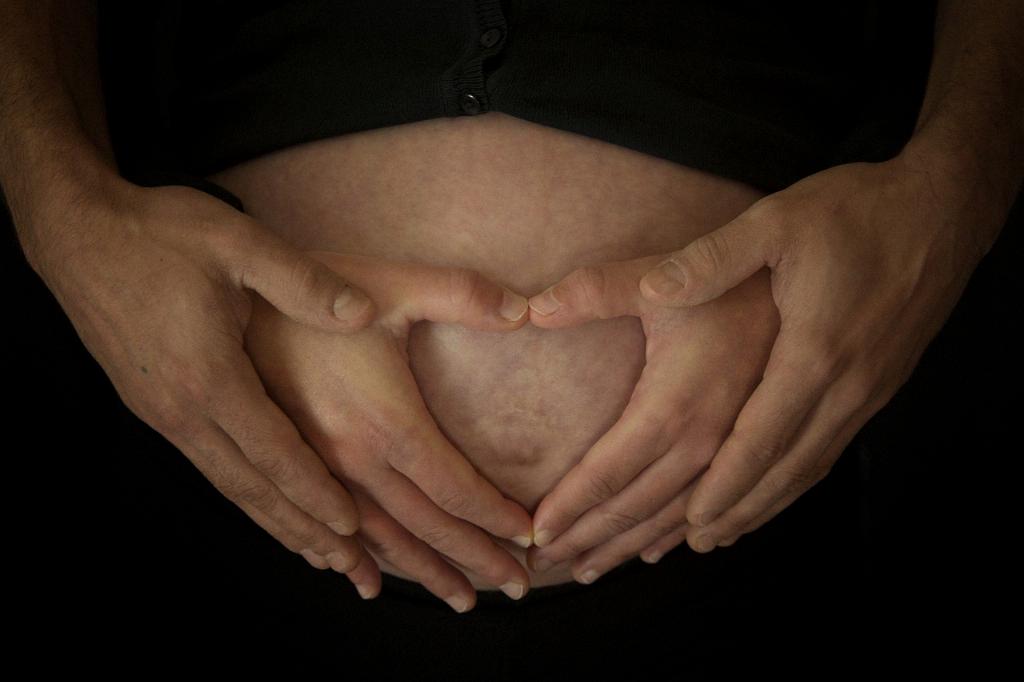It was during the tumultuous decades of the 1950s and 1960s that a medical catastrophe plagued countless families worldwide, leaving a legacy of profound sorrow and enduring repercussions. The consequences of thalidomide, a drug once hailed as a miracle cure, reverberated across nations as approximately 10,000 babies, primarily in Germany, Britain, and Australia, were born with grave and irreversible birth defects.
These innocent infants, now known as thalidomide babies, bear witness to the dark side of medical experimentation and the devastating effects of unchecked pharmaceutical interventions. The tragic irony lies in the fact that thalidomide was initially marketed as a safe and effective treatment for a range of conditions, including insomnia, anxiety, and morning sickness in pregnant women.
The exact timeline of when the thalidomide babies were born intersects with a period of widespread trust in the medical community and the pharmaceutical industry. In the late 1950s and early 1960s, as the drug gained popularity and widespread use, expectant mothers turned to thalidomide in the hope of alleviating their pregnancy-related symptoms.
Little did they know that this seemingly innocuous medication would unleash a wave of catastrophic consequences, forever altering the lives of those unborn children and their families. The profound impact of thalidomide extended far beyond physical deformities, encompassing emotional, financial, and societal challenges that continue to resonate to this day.
Among the haunting legacies of the thalidomide tragedy are the harrowing stories of infants born without limbs, with malformed organs, or enduring lifelong disabilities that test the bounds of human resilience. The sheer scale of the devastation wrought by this medication underscores the urgent need for stringent regulatory measures and comprehensive drug testing protocols.
As the world grappled with the aftermath of the thalidomide disaster, a tide of awareness and advocacy emerged, shining a spotlight on the crucial importance of pharmaceutical accountability and patient safety. The cries of the thalidomide babies and their families echoed through courtrooms, medical journals, and legislative chambers, catalyzing a paradigm shift in the regulation of drug approvals and clinical trials.
While the precise dates of birth of the thalidomide babies span the turbulent era of the 1950s and 1960s, the enduring impact of their plight serves as a poignant reminder of the ethical responsibilities inherent in the practice of medicine. Their stories serve as cautionary tales, prompting us to question the limits of scientific progress, the imperatives of informed consent, and the moral imperatives of safeguarding the most vulnerable members of society.
Today, the memory of the thalidomide babies lingers as a somber testament to the fragility of human health and the far-reaching consequences of pharmaceutical negligence. Their resilience in the face of unimaginable adversity stands as a testament to the enduring power of the human spirit, inspiring advocacy, empathy, and a fervent commitment to ensuring that such tragedies never recur.

